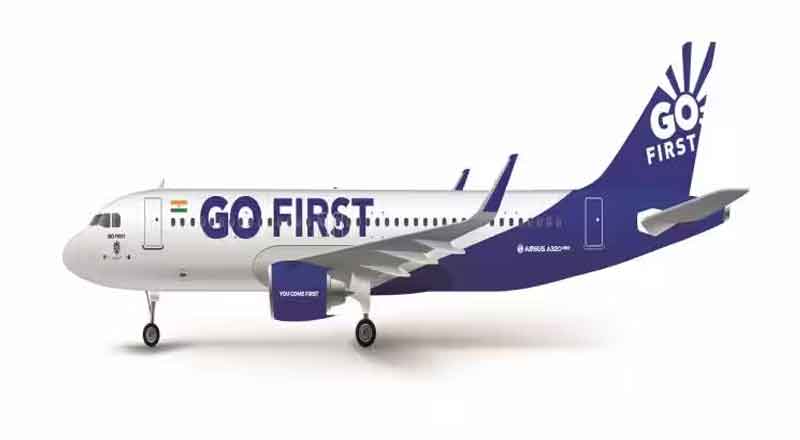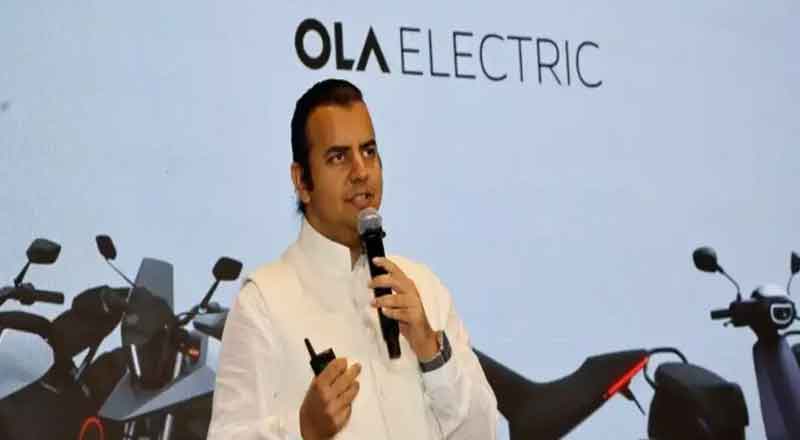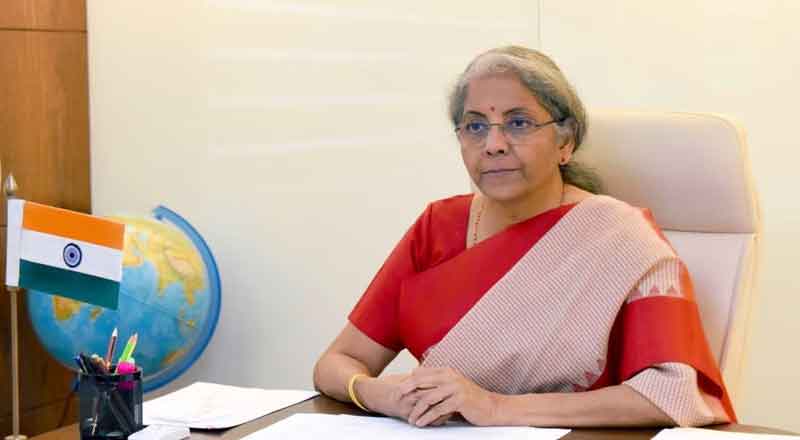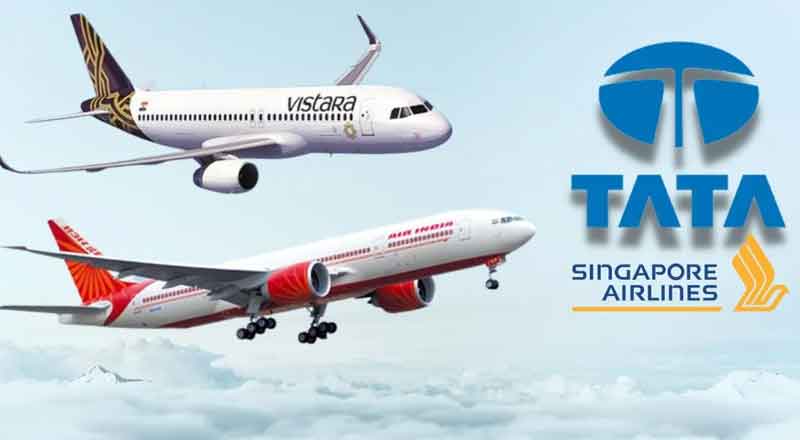- Grounded Indian airline Go First has received an expression of interest (EoI) from Jindal Power Ltd,
- The crisis-hit airline is facing significant financial challenges with more than Rs 20,000 crore in admitted claims from creditors.
- An EoI is the first step in the bidding process and may not result in a financial bid.
- “Jindal Power was the sole successful applicant whose expression of interest was accepted by banks,” said a banker.
- Go First’s resolution professional, who conducts the insolvency process, and Jindal Power did not immediately respond to agencies’ requests for comment.
- The Go First bankruptcy filing lists the Central Bank of India, Bank of Baroda, IDBI Bank, and Deutsche Bank among its creditors to whom the carrier owes a total of 65.21 billion rupees ($784.60 million).
- The airline filed for voluntary insolvency proceedings in the National Company Law Tribunal (NCLT) on May 2, attributing the decision to substantial revenue losses.
Naveen Jindal’s Jindal Power has reportedly expressed interest in buying the beleaguered low-cost Go First carrier, which is owned by the Wadia family and is the first commercial airline in India to have voluntarily sought bankruptcy protection.
The expression of interest (EoI) was submitted by unlisted Jindal Power, owned by Worldone Pvt Ltd, a closely held company of Jindal, the Economic Times reported, citing sources. The sources, however, did not give any clarity on whether Jindal Power was seeking to acquire the airline outright or come in as a strategic investor in Go First.
There were two other bidders for the airline but did not meet the eligibility criteria set out by the creditors, suggesting that their bids were not considered for further evaluation in the acquisition process of Go First, the report said. In July, Go First’s resolution professional invited EoIs for the carrier’s sale. The crisis-hit airline is facing significant financial challenges with more than Rs 20,000 crore in admitted claims from creditors.
Naveen Jindal, the promoter of Jindal Steel and Power, has been diversifying his business interests in recent years, expanding his privately held business empire. He has made acquisitions in various sectors, including steel, power, and coal mining, and is also looking to venture into renewable energy. The interest in Go First signifies a strategic move into the aviation sector, showcasing a broader diversification strategy.
Go First is racing against time to resume its services. The airline’s lenders extended the deadline for the submission of EoIs twice, as there was a lack of interest from potential buyers. The latest deadline for EoI submission was set for September 28.
The airline filed for voluntary insolvency proceedings in the National Company Law Tribunal (NCLT) on May 2, attributing the decision to substantial revenue losses.
Go First, formerly GoAir, blamed aircraft engine maker Pratt & Whitney, for providing defective engines that led to the grounding of almost half of its 56-plane fleet, a charge denied by the American company. The Go First bankruptcy filing lists Central Bank of India, Bank of Baroda, IDBI Bank, and Deutsche Bank among its creditors to whom the carrier owes a total of 65.21 billion rupees ($784.60 million).
Aircraft lessors of Go First are locked in a legal tussle with the company after they were blocked from repossessing planes due to a moratorium imposed by Indian courts. However, the government amended its insolvency law earlier this month to exclude leased aircraft from assets that can be frozen, to bring India’s bankruptcy laws into line with a treaty protecting the rights of foreign lessors. It is unclear whether the amended law would apply to Go First since its insolvency proceedings are still underway.
The airline, which suspended operations on May 3, is facing claims amounting to $2.9 billion from both operational and financial creditors.
(With inputs from agencies)





